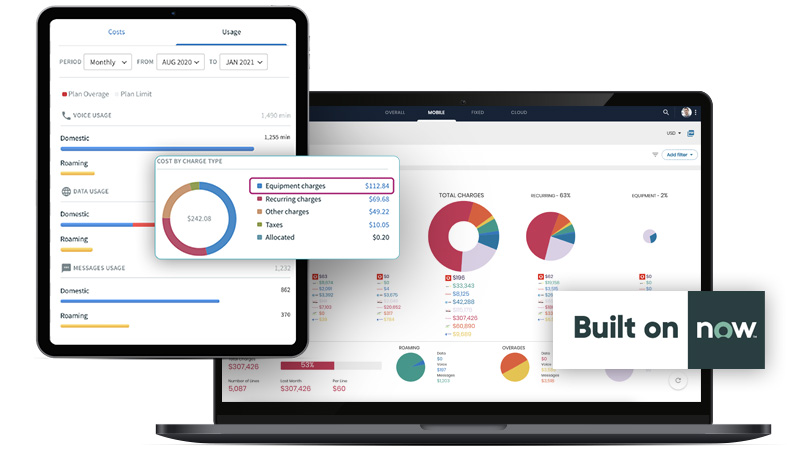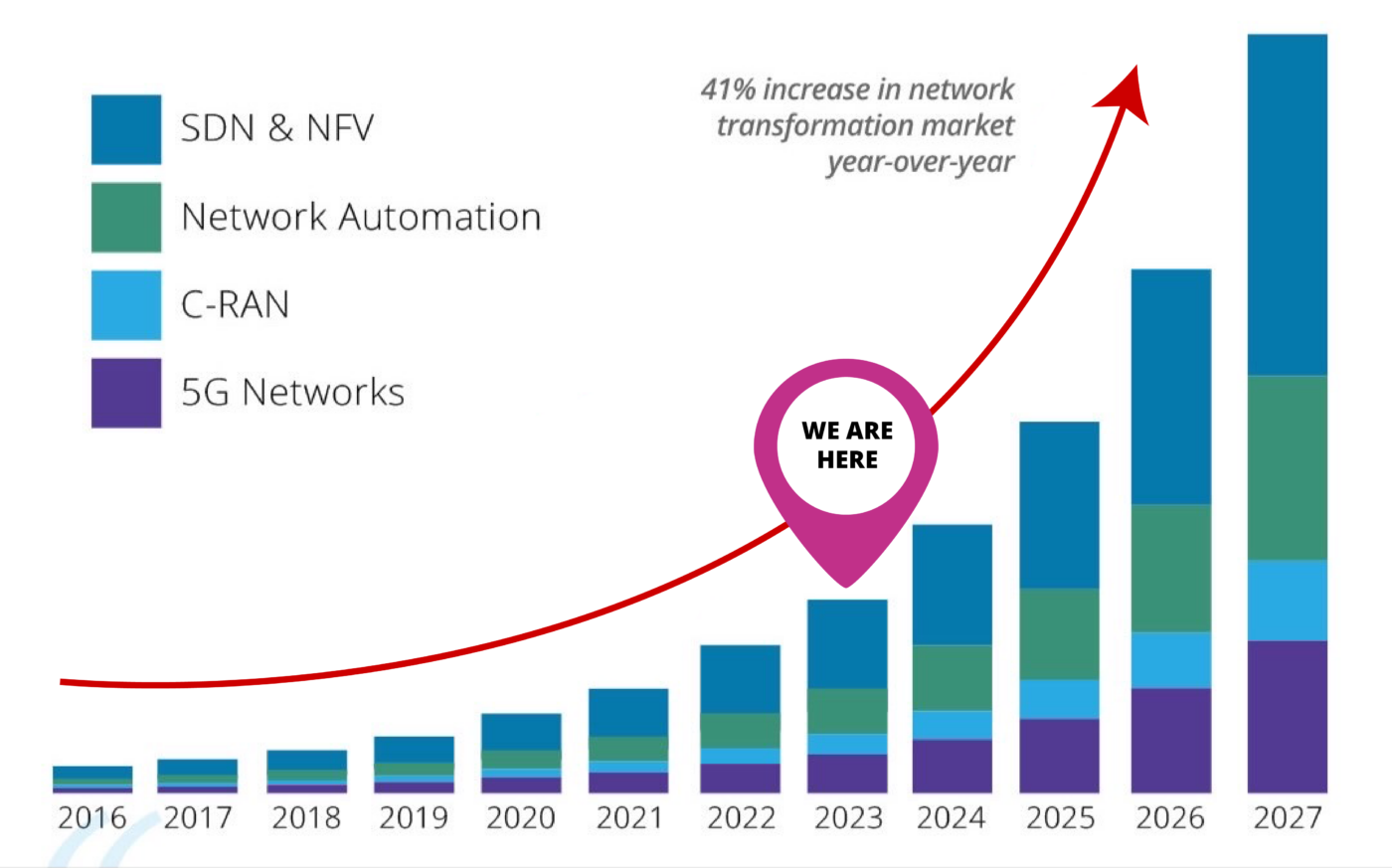Introduction to technology ROI
The calculation of ROI, or return on investment, is a straightforward equation that involves dividing net gain by cost. However, despite its apparent simplicity, truly comprehending the net gain and cost of technology investments can be a complex undertaking. As the use of connected devices and cutting-edge technologies continues to expand across organizations, it can become increasingly challenging to determine the actual benefits and drawbacks of such investments.
With so many moving parts and variables at play, it can be easy for IT leaders to become overwhelmed by the sheer chaos of managing these investments. In order to stay on top of the situation and continue driving digital transformation, it is crucial for these leaders to have a clear and comprehensive understanding of their organization’s spending patterns. By doing so, they can better tie technology investments back to the value they provide, and ensure that these investments are delivering a positive ROI over the long term.
Of course, gaining this level of insight and control is often easier said than done. It requires careful attention to detail, a deep understanding of the organization’s operations and priorities, and a willingness to embrace new technologies and methodologies for data analysis and management. Nevertheless, by taking a proactive and strategic approach to managing their technology investments, IT leaders can help their organizations stay ahead of the curve and fully realize the transformative potential of digital technologies.

Benefits of technology investments
In the modern business landscape, it’s become abundantly clear that technology investments are absolutely critical for organizations looking to stay competitive and relevant in their respective markets. While the specific use cases for different technologies can vary greatly depending on the industry and the specific needs of the organization, the benefits they offer are incredibly far-reaching.
- Save money through optimizations
- Automate manual tasks
- Securely manage data
- Grow revenue streams
One of the most significant advantages of investing in technology is the ability to optimize existing processes and workflows, leading to substantial cost savings over time. By automating manual tasks and streamlining operations, businesses can free up their employees to focus on more value-added activities, while also reducing the risk of errors and delays that can lead to costly downtime.
Another key benefit of technology investments is the ability to manage data more securely and effectively. With so much sensitive information at stake in the modern digital landscape, it’s essential for businesses to have robust systems in place for storing, processing, and transmitting data safely and efficiently. Whether it’s through encryption, firewalls, or other security measures, investing in technology can help organizations safeguard their data and protect against cyber threats.
Finally, investing in technology can also help businesses grow their revenue streams and expand their reach in the market. Whether it’s through the use of cutting-edge technologies like 5G, IoT, AR/VR, or other emerging trends, companies that are willing to innovate and experiment with new tools and techniques are often the ones that come out ahead in today’s fast-paced business environment.
With all of these benefits and more on the horizon, it’s clear that technology investments will continue to play a crucial role in the success of modern organizations for many years to come. And with 5G, the IoT, AR/VR, and more on the horizon, the list of benefits will only continue to grow.
Determining net gain and the true cost
The first step in calculating ROI is understanding what the net gain and true cost of their investments are. As IT spending continues to increase, getting the approved budget from finance teams remains a challenge. You need visibility across all IT categories in order to tie spending back to projects and departments to determine the true cost across the organization.
By having quantifiable data, IT leaders can justify increased IT budget requests. Deploying a technology expense management solution can help provide insight into spending at a granular level.
Once you identify the true cost, you can answer the following questions to help determine the net gain.
ROI analysis questions
- What challenges are we solving with this new technology?
- What is the outcome we are trying to achieve?
- How does this technology drive results?
- What KPIs will determine success?
The truth is that understanding the true value of a given technology relies entirely on your specific use case. You must consider how the technology will impact your business, employees, customers, and end-users. When you have this understanding, you can then make a strategic decision that will drive a positive ROI.
IT ROI Tips
#1 – Determine the impact on the business
IT leaders who want the biggest return on investment must first identify the business impact of technology initiatives. Organizations should look to create an IT culture that puts the business first.
From investments that drive revenue to those that support service delivery, IT leaders need to understand what the end goal is. Sometimes ROI is easier to determine. For instance, projects that drive revenue, such as creating and deploying applications to enable sales.
And don’t forget critical hardware upgrades like network transformations.

#2 – Communicate the numbers of the business
Collaborating with the appropriate business leaders across the organization is key here. IT cannot determine ROI entirely on its own. By working with leaders across various business units, and combining their input with a detailed cost analysis, you will have a clear understanding the overall value add of your technology investments.
So when finance asks difficult questions like “which region is spending the most on IT?” or “at this location, which assets do we own and how many contracts are active?” you will be able to clearly communicate the numbers of the business.
#3 – Develop useful KPIs
Strategic IT finance planning needs KPIs that support the business strategy. These aren’t simply operational measures, they are proof points that IT is delivering value across the entire organization. A few key categories are:
- IT plan vs. spend
- IT spend by business unit.
- % of IT investment by business initiative
- % of IT investment on running vs. growing the business
- % of spend on customer-facing innovation
- Infrastructure technology costs
- Application and service costs
- End-user and customer satisfaction scores
- % of projects on time and on budget
- % of services meeting SLAs.
#4 – Leverage subject matter experts
Many organizations look to TEM solutions to help manage telecom and mobile expenses. IT leaders should lean on trusted vendors and other external consultants to help identify anticipated and realized returns. Often, vendors have a deep niche understanding that can help point to potential benefits.
Inc recently posted an article on how brightfin is helping carve out a niche in the crowded TEM market:
“You can also offer the best ROI to your customers by identifying where they lose money within your market and becoming the cost-saving solution. For example, by identifying that customers lose a lot of money on IT expenses, software-as-a-service (SaaS) company brightfin built a niche in the crowded market of technology expense management. Their business model is tied directly to customer savings– the platform integrates (a double whammy with that previous point) with ServiceNow to optimize mobile, telecom, and cloud invoices creating a clear picture of a company’s IT spend instead of data fragments across systems.”
Check out the full article here.





